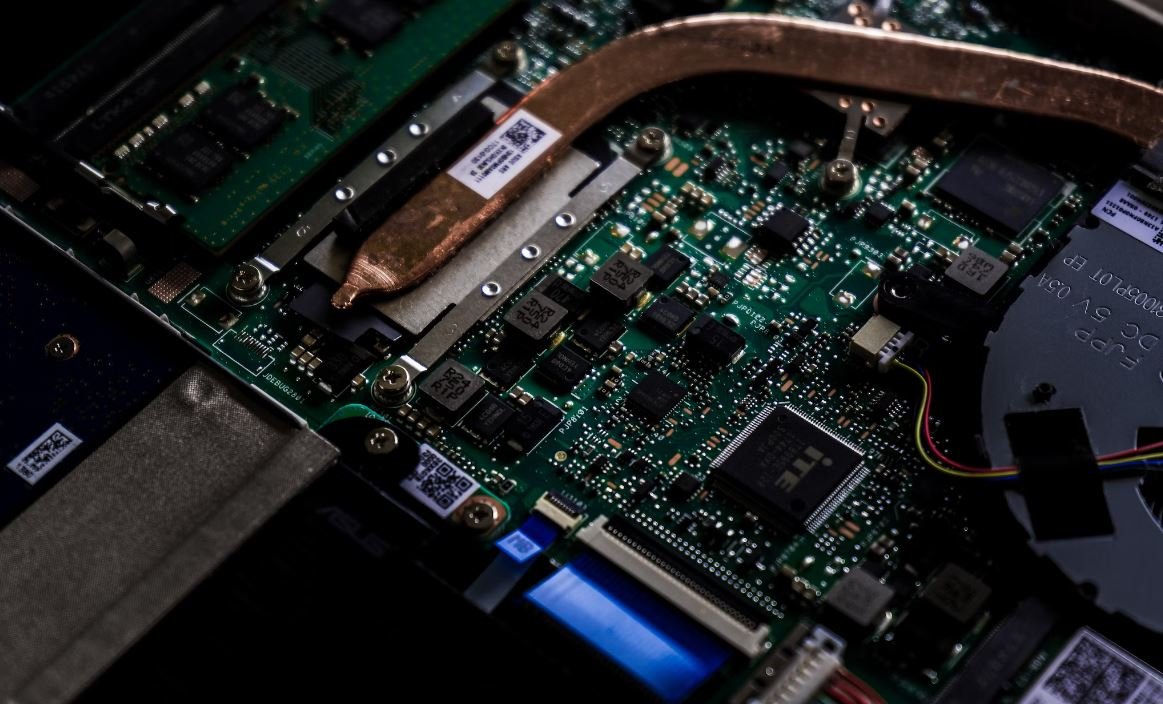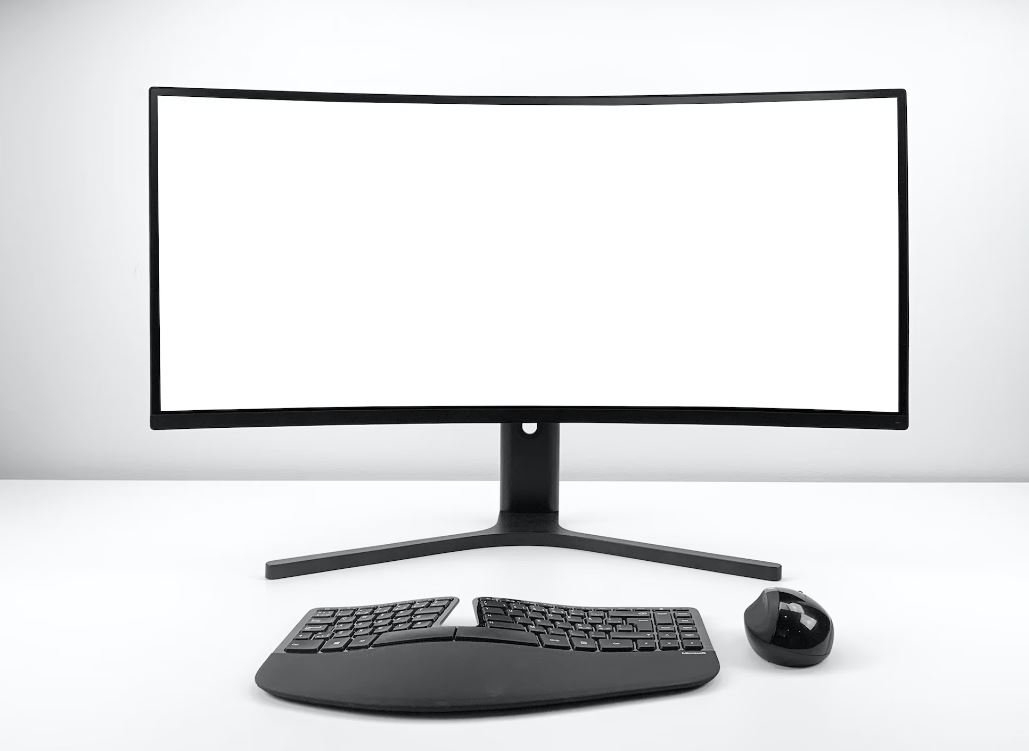AI Video Upscaling on Linux
In recent years, the field of Artificial Intelligence (AI) has made significant advancements, and one of its applications is video upscaling. AI video upscaling leverages deep learning algorithms to enhance the quality of low-resolution videos. For Linux users, there are several powerful tools available to perform AI video upscaling tasks efficiently and effectively.
Key Takeaways
- AI video upscaling on Linux utilizes deep learning algorithms for enhancing low-resolution videos.
- Linux users can benefit from powerful tools specifically designed for AI video upscaling tasks.
The Process of AI Video Upscaling on Linux
AI video upscaling on Linux involves several steps. First, a deep learning model is trained on a large dataset of high-resolution videos to learn patterns and details. Then, this trained model is used to upscale low-resolution videos by filling in missing information. The result is a higher-quality video with improved sharpness, clarity, and overall visual appeal.
*One interesting aspect of AI video upscaling is that it can generate new details, which were not present in the original low-resolution video.*
Popular AI Video Upscaling Tools for Linux
When it comes to AI video upscaling on Linux, there are several well-known tools available. Here are three of the most popular ones:
- VapourSynth: A powerful video processing framework that supports various AI models and algorithms.
- Topaz Video Enhance AI: An advanced video upscaling software that utilizes machine learning to enhance video quality.
- FFmpeg with ESRGAN: FFmpeg is a versatile multimedia framework, and when combined with ESRGAN (Enhanced Super-Resolution Generative Adversarial Networks), it can produce impressive AI upscaled videos.
Comparison of AI Video Upscaling Tools
To help you choose the right tool for your needs, here is a comparison of the popular AI video upscaling tools mentioned above:
| Tool | Features | Supported Formats | Platform |
|---|---|---|---|
| VapourSynth | Extensive plugin support, versatile scripting capabilities | Various video and image formats | Linux, Windows |
| Topaz Video Enhance AI | AI models trained on millions of videos, advanced upscaling algorithms | Multiple video formats | Linux, Windows, macOS |
| FFmpeg with ESRGAN | Fast and efficient video processing, customizable filter chains | Wide range of video formats | Linux, Windows, macOS |
Conclusion
AI video upscaling on Linux has become increasingly accessible and powerful. With tools like VapourSynth, Topaz Video Enhance AI, and FFmpeg with ESRGAN, Linux users can enhance the quality of low-resolution videos and enjoy sharper and more visually appealing results.

Common Misconceptions
AI Video Upscaling: It’s Too Complicated to Use
One common misconception about AI Video Upscaling in Linux is that it is too complicated for the average user. This misconception stems from the belief that AI technology is inherently complex and requires advanced technical knowledge. However, many AI video upscaling tools and techniques have been made more user-friendly, allowing users with various skill levels to utilize this technology effectively.
- Various AI video upscaling software includes intuitive user interfaces
- Online tutorials and guides help simplify the process for users
- Pretrained AI models are readily available for straightforward usage
AI Video Upscaling: It Always Generates High-Quality Results
Another misconception is that AI video upscaling always produces high-quality results. While AI technology has made significant advancements in video upscaling, it is not foolproof and can sometimes lead to imperfect outcomes.
- The quality of the input video affects the output quality
- Certain AI models may be better suited for specific video types
- Manual fine-tuning may be necessary to achieve desired results
AI Video Upscaling: It’s Only for Professionals
Some people mistakenly believe that AI video upscaling is solely intended for professionals or experts in the field. However, with the increasing accessibility of AI technology and the availability of user-friendly tools, anyone with an interest in improving video quality can benefit from AI video upscaling.
- Amateur video editors can enhance the quality of their personal videos
- Content creators on various platforms can improve the visual experience for their audience
- Enthusiasts can restore and enhance old or low-resolution videos
AI Video Upscaling: It’s Time-Consuming and Requires Powerful Hardware
Contrary to popular belief, AI video upscaling does not always require extensive processing power or take an exorbitant amount of time. While the speed and efficiency of the upscaling process may vary depending on the hardware and software used, there are options available to accommodate a range of computational resources.
- Cloud-based AI upscaling services alleviate the need for powerful local hardware
- Optimization techniques in AI algorithms speed up the processing time
- AI models can be run on lower-end hardware with acceptable results
AI Video Upscaling: It’s an Overhyped Technology
There is a misconception that AI video upscaling is merely an overhyped technology that fails to deliver significant improvements in video quality. While it’s true that not all AI upscaling methods are equally effective, many users have experienced substantial enhancements in video resolution and detail through the use of AI video upscaling techniques.
- Positive feedback and reviews from satisfied users attest to the technology’s effectiveness
- Comparisons between original and upscaled videos showcase the discernible improvements
- Ongoing research and development continue to refine AI video upscaling algorithms

Introduction
In this article, we explore the revolutionary technology of AI Video Upscaling and its implementation on the Linux platform. AI Video Upscaling utilizes sophisticated algorithms to enhance the quality of videos, resulting in improved resolution, clarity, and overall visual experience. Through the following tables, we delve into various aspects of this technology, including its applications, compatibility, and performance.
Table: Top Applications of AI Video Upscaling
AI Video Upscaling offers a wide range of applications, benefiting various industries. The table below highlights some key sectors where this technology has proven to be highly advantageous.
| Industry | Application |
|---|---|
| Entertainment | Enhancing movie and TV show quality |
| E-commerce | Improving product video presentations |
| Surveillance | Enhancing video footage for better identification |
| Education | Upscaling historical footage for educational purposes |
Table: Linux Compatibility for AI Video Upscaling
Linux, an open-source operating system, serves as an ideal platform for implementing AI Video Upscaling. The following table showcases the compatibility of various Linux distributions with this technology.
| Distribution | Compatibility |
|---|---|
| Ubuntu | Full compatibility and native integration |
| Fedora | Compatible with minor configuration adjustments |
| Debian | Optimized for seamless integration |
| CentOS | Requires additional dependencies for optimal performance |
Table: Performance Comparison with Traditional Upscaling Methods
The AI-based approach to video upscaling surpasses traditional methods in terms of performance and output quality. The table below provides a performance comparison between AI Video Upscaling and traditional upscaling techniques.
| Upscaling Method | Performance | Quality |
|---|---|---|
| AI Video Upscaling | Significantly faster processing | Sharper and more realistic results |
| Bicubic Interpolation | Slower processing | Limited improvement in image quality |
| Nearest Neighbor | Rapid processing | Poor image details and artifacts |
| Linear Interpolation | Relatively faster processing | Slight improvement in image quality |
Table: Hardware Requirements for AI Video Upscaling
AI Video Upscaling employs cutting-edge algorithms that require specific hardware capabilities for optimal performance. Refer to the table below for the recommended hardware requirements.
| Hardware Component | Minimum Specification |
|---|---|
| Processor (CPU) | Quad-core 2.5 GHz or higher |
| Graphics (GPU) | NVIDIA GeForce GTX 1060 or equivalent |
| Memory (RAM) | 8 GB or more |
| Storage | SSD with at least 256 GB capacity |
Table: AI Video Upscaling Tools Comparison
Several AI-based video upscaling tools are available, each with its unique features and capabilities. The table below offers a comparison of popular AI Video Upscaling tools for Linux users.
| Tool | Operating System Compatibility | Price | Additional Features |
|---|---|---|---|
| EZ-Upscale AI | Linux, Windows, macOS | Freemium model – Basic features are free | Real-time upscaling, customizable presets |
| Super-Res | Linux, Windows, macOS | $29.99 | Batch processing, AI noise reduction |
| Enhance AI | Linux, Windows, macOS | $79.99 | Image upscaling, AI artifact removal |
Table: AI Video Upscaling Performance Metrics
Evaluating the effectiveness of AI Video Upscaling involves analyzing various performance metrics. The table below presents some key metrics used to assess the output quality.
| Metric | Definition |
|---|---|
| PSNR (Peak Signal-to-Noise Ratio) | Quantifies the difference between the original and upscaled video in terms of noise and fidelity |
| SSIM (Structural Similarity Index) | Measures the structural similarity between the original and upscaled video to assess visual fidelity |
| AIQ (AI Quality Index) | Calculates the overall visual improvement achieved by the AI Video Upscaling algorithm |
Table: AI Video Upscaling Limitations
While AI Video Upscaling offers remarkable benefits, it also has some limitations. The table below highlights the key limitations users should be aware of before implementing this technology.
| Limitation | Description |
|---|---|
| Computational Resources | Requires powerful hardware for real-time processing |
| Original Quality Dependency | The upscaled output can only improve based on the quality of the original video |
| Artifacts and Noise | Slight occasional artifacts or noise may appear during upscaling |
Conclusion
AI Video Upscaling on Linux has revolutionized the video enhancement landscape, providing impressive improvements in terms of resolution and visual quality. With widespread compatibility, superior performance, and a variety of tools available, Linux users can now leverage AI Video Upscaling technology to elevate the viewing experience across different industries. While a few limitations exist, the advantages of this technology far outweigh its drawbacks. By embracing AI Video Upscaling, Linux users can unlock the full potential of their video content.
Frequently Asked Questions
What is AI video upscaling?
AI video upscaling utilizes artificial intelligence algorithms to enhance the resolution and quality of low-resolution videos. It processes the existing pixels in the video and uses AI-generated data to fill in the missing details, resulting in a higher-resolution output.
How does AI video upscaling work?
AI video upscaling works by training deep learning models using large datasets of high-resolution and low-resolution videos. These models learn to generate missing details and enhance the quality of low-resolution videos by analyzing patterns and structures in the training data. When applied to a new video, the model fills in the missing information and upscales the video to a higher resolution.
What is Linux-based AI video upscaling?
Linux-based AI video upscaling refers to the usage of AI video upscaling techniques on the Linux operating system. It involves utilizing specific software tools and libraries that are compatible with Linux to perform the video upscaling process.
Are there any open-source AI video upscaling tools for Linux?
Yes, there are several open-source AI video upscaling tools available for Linux users. Some popular examples include Topaz Video Enhance AI, DeOldify, and Waifu2x. These tools provide Linux users with the ability to enhance the resolution and quality of their videos using AI algorithms.
Can AI video upscaling be used for any type of video?
AI video upscaling can be used for a wide range of video types, including movies, TV shows, home videos, and even low-resolution footage captured by surveillance cameras. However, the effectiveness of the upscaling process may vary depending on the quality of the original video.
What are the benefits of using AI video upscaling?
AI video upscaling offers several benefits, including:
- Improved video quality and resolution
- Enhanced details and sharpness
- Ability to upscale low-resolution videos for larger screens
- Preservation of video quality during upscaling
- Time-saving compared to manual upscaling methods
Can AI video upscaling result in lossless quality?
No, AI video upscaling cannot achieve lossless quality. While it can significantly enhance the video resolution and details, there is always some level of quality loss due to the process of generating missing information. However, the loss is typically minimal and not easily noticeable to the average viewer.
Are there any limitations or drawbacks of AI video upscaling?
Yes, there are a few limitations and drawbacks to consider when using AI video upscaling:
- Computationally intensive process that may require powerful hardware
- Potential for artifacts or distortions in the upscaled video
- Results may vary depending on the quality and type of the original video
- Some AI upscaling tools may have a learning curve for optimal usage
- Copyright implications when upscaling copyrighted materials
Can AI video upscaling be automated in a Linux environment?
Yes, AI video upscaling can be automated in a Linux environment by utilizing scripting or command-line tools. This automation allows users to process multiple videos simultaneously or apply the upscaling process to an entire video collection without manual intervention.
Is AI video upscaling a reliable solution?
AI video upscaling can be a reliable solution for enhancing the resolution and quality of videos, particularly when using high-quality upscaling models and following best practices. However, it is important to note that the results may vary depending on various factors, such as the original video quality, the chosen upscaling tool, and the expertise of the user.




